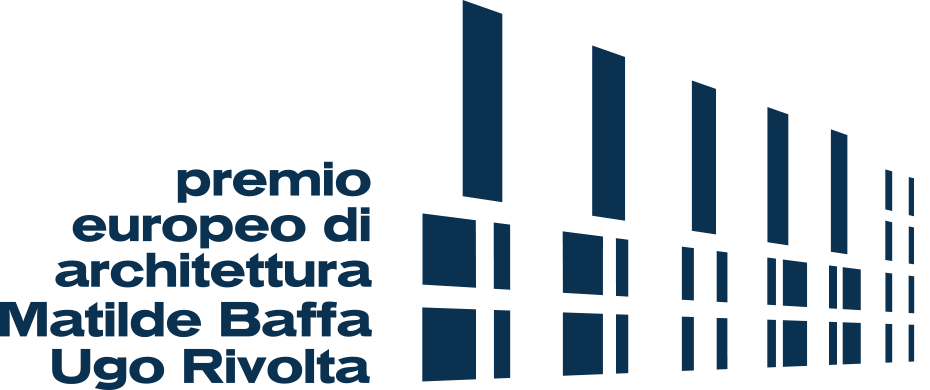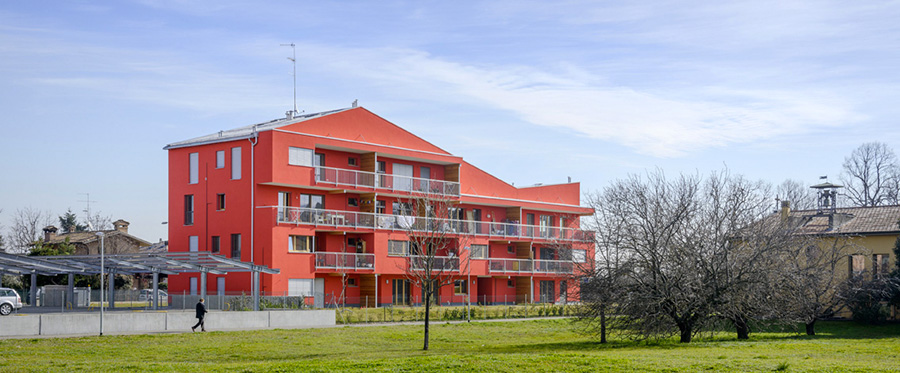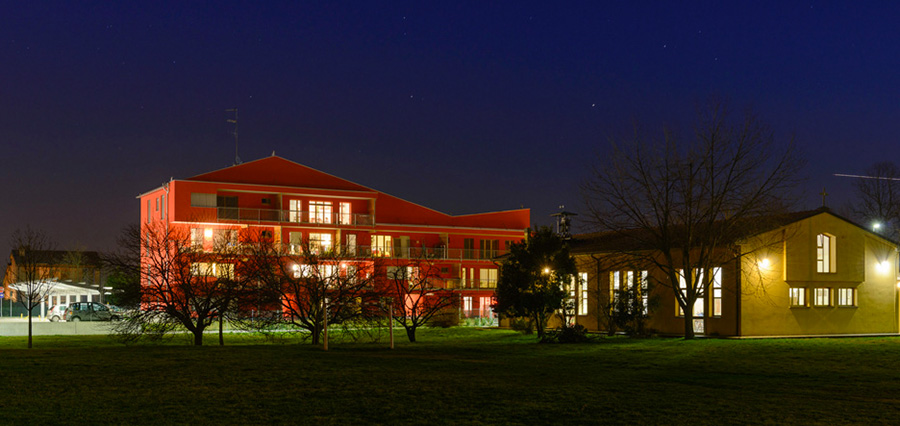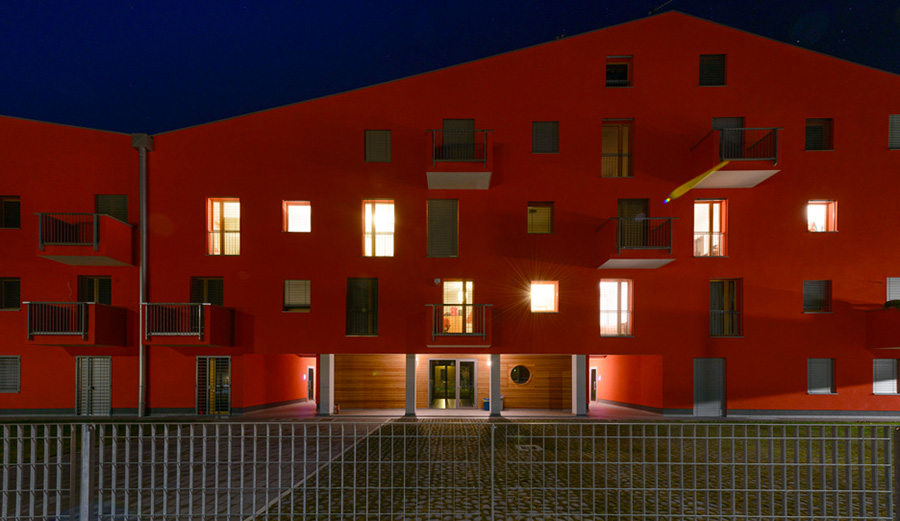NAME
Project title: Co-housing Mura San Carlo – San Lazzaro di SaAvena
Recommending party
The project has been submitted by: Massimo Lepore, studio tamassociati
LOCATION
Country: Italy
City: Mura San Carlo, San Lazzaro di Savena (BO)
Address: via Samoggia, 6
AUTHOR
Designer or design team architects: studio tamassociati




















